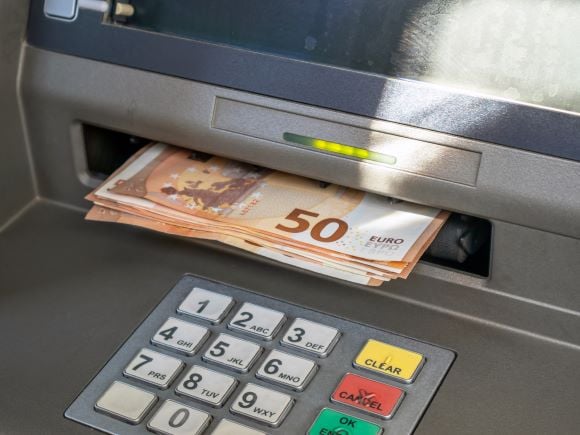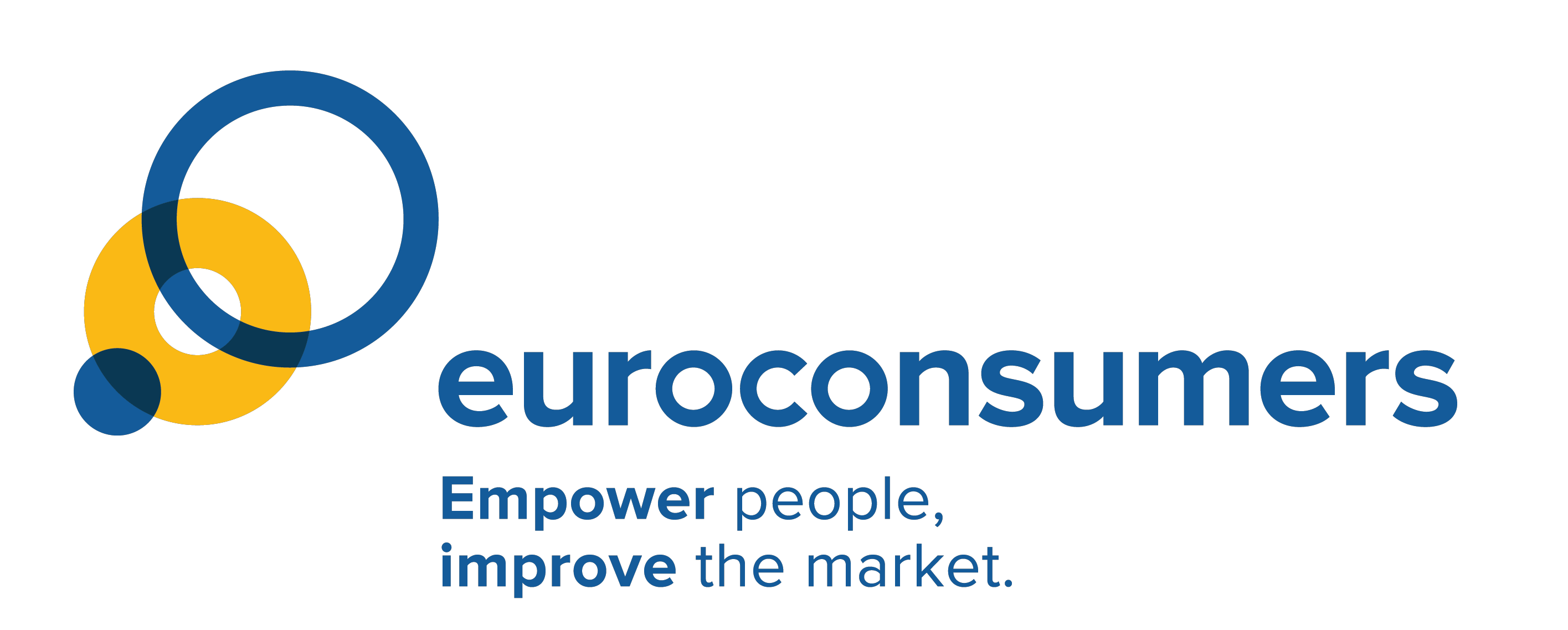SOS cash access: keep ATMs open

A new campaign by Euroconsumers Belgian member Test Achats / Test Aankoop is calling for an end to a programme of ATM shutdowns put in place by a network of banks.
ATM shutdowns threaten cash access
The Batopin project (which stands for ‘Belgian ATM Optimization Initiative) was created by the four biggest banks in Belgium to bring together all their ATMs into one single network. One consequence of this is a dramatic reduction in the number of ATMs available to consumers.
Belgium has already seen a drop in ATM provision, falling from 8,000 in 2017 to just 5,900 at the end of 2021. Test Achats has calculated that if the Batopin project goes ahead as planned, there will be fewer than 4000 ATMs by the end of 2024.
It’s no surprise then that Belgium already has some of the highest rates of people (15%) who claim access to ATMs is difficult in the EU. The 2022 European Central Bank survey found only Malta (21%), Greece (17%), Lithuania (16%) had a higher share of responses.
Covid-19 impact on cash access
Non-cash payments really accelerated during the Covid-19 lockdowns as contactless, cashless card payments became seen as safe. It seems that temporary ‘card only’ policies brought in to reduce contact between staff and customers have now become permanent.
Digital banking also became a lifeline for many, demonstrating the benefits of having essential services available online.
Euroconsumers Consumer Empowerment Project Index showed consumers were positive about many aspects of digital banking and payments, including the ease of monitoring finances and the reductions in paper use and transport emissions. They did have concerns about data security and the potential for surveillance of their financial activity.
But as this surge in digital banking and payments took place, the number of bank branches also decreased. In most of the eurozone this has been accompanied with a rise in ATMs, but Belgium and the Netherlands stand out as two countries who’ve seen a simultaneous decrease in ATMs and bank branches.
Maintaining cash infrastructure is expensive and so moves towards low or no cash systems are attractive to the banking sector. But this does not necessarily reflect consumers’ needs – they prefer a mix of options by which to access their money and carry out transactions.
Consumers still want cash access
In fact, across the Eurozone, even though its use is declining, cash remains the most popular way to make payments to other people or for services and goods.
Consumers also like and appreciate the convenience of paying by card or by phone, but cash gives a convenient, familiar and private way to make payments and an essential part of a much broader array of payment options.
Many people also prefer to work with cash as it is a simpler way to manage and stay on top of spending. At times of major pressures on household budgets, this is particularly important especially for lower income families.
The changing cash and digital payment picture
The challenge is that consumers are falling between the gaps as systems and preferences change. For example, not every establishment accepts digital or card payments, so in an area where ATMs have closed, it’s impossible to find a way to pay.
On the other hand, there are cases where people expect to pay by cash but find it’s not accepted even when this goes against consumer protection laws.
Euroconsumers Spanish member OCU picked up on this in a call to Spanish airlines to reinstate cash payments on board. Spanish airlines impose card-only payments on passengers despite laws stating companies should not refuse cash as a payment option.
These examples show it is crucial to have all systems available for consumers, which in turn requires infrastructure such as ATMs to remain in place, along with digital payment systems.
Financial inclusion: digital boom can leave some out in the cold
While digital banking is booming and providing great service to millions, there’s still a need for physically located services and cash access. This is critical both for those less confident with online provision and to make sure consumers can continue to make their own choices about how they want to bank and pay.
Our Spanish member OCU has studied the impact of poor financial access amongst elderly residents in rural towns. They found that branch closures and the shift towards digital banking has left those outside of metropolitan areas who don’t have internet access or confidence in using digital services with very limited payment options.
Many of those in rural areas are over 65 and have been left behind in the drive to get banking online. OCU has made calls to have banking services considered as an essential service with corresponding obligations on providers to put in minimal viable services.
They also want to see much more inclusive technologies and hybrid services prioritised so that consumers aren’t forced into unsuitable digital provision just because it’s all that is available.
Test Achats and OCU’s campaigns could learn from a policy success in the UK where the right to access cash will soon be enshrined in law. New rules will grant the national financial regulator powers to ensure larger UK banks provide cash withdrawal and deposit facilities are available in communities across the country.
Digital Euro – a third part of the payment mix?
Another option put forward as a solution which can give the best of both worlds is the Digital Euro project which replicates the key characteristics of cash. Digital Euros would be simpler to access and especially helpful for consumers in areas without sufficient payment options.
The Digital Euro would be issued directly by a central bank (as opposed to cash that circulates now which is created by a commercial bank). A consumer could have a digital euro account, with money in it that could be loaded onto a payment instrument (a bank card or app) which could be used widely for payment.
BEUC has produced a useful infographic and policy points on how the Digital Euro project could deliver safe, private and convenient payment for the broadest range of consumers.
Cash is essential part of payment mix
Cash is now one among a growing range of payment and banking options opening up to consumers. Innovations in mobile payments, contactless transactions and digital-first banking have shaken up the old order and delivered value, speed and choice.
Ultimately, the choice to use cash should be down to consumers themselves – it is their money and it’s right that they can access it in the form that’s best for them.

